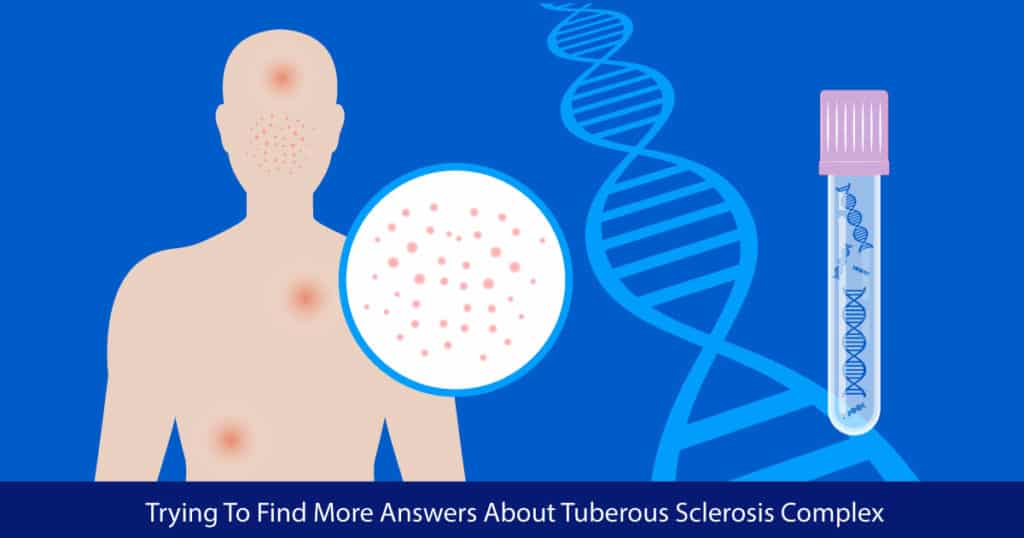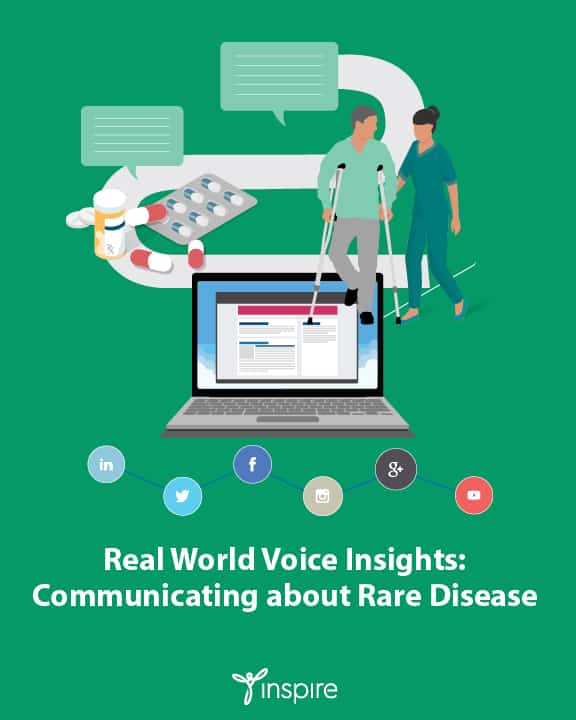Trying To Find More Answers About Tuberous Sclerosis Complex

By Kathleen Hoffman, PhD, MSPH
Tuberous Sclerosis Complex (TSC) is a “rare” genetic disease: According to the Tuberous Sclerosis Alliance, Inspire’s community partner, “At least two children born each day will have tuberous sclerosis complex.”1 Classifying a disease that affects a million people worldwide as “rare” doesn’t comfort patients with TSC.
Created by mutations in one or two genes, TSC1 and TSC2, its manifestations vary widely depending on the nature of the mutation, which is why it is called “tuberous sclerosis complex.” It’s a complex genetic disorder. It often appears as uncontrolled cell growth affecting almost any area of the body. The tumors, called tubers, are benign, but their effects may not be, especially if they are attached to the central nervous system.2
Because of genetic testing, some people are now diagnosed at birth, but others can go their entire lives without symptoms. It can run in families or manifest spontaneously.2 Members of the Tuberous Sclerosis Alliance Tuberous Sclerosis Support Group and Discussion Community on Inspire are as varied as the expressions of the disease. Two members described their experiences with diagnosis:
I am [an adult] male, and I recently had a full panel genetic test due to a specific cancer that runs in my family. While luckily my results did not show the gene for cancer, I do have a TSC2 mutation(?). As far as I know, I’ve never had symptoms.
The other member’s discovery was quite different:
My daughter had her first baby on [date], a beautiful little boy, [name]. Everything seemed fine until he was about 6 weeks old, when he started with seizures. We went from the seizures that are still uncontrolled after a month, to the TSC diagnosis, positive without genetics back yet due to tubers, Sens, and ashleaf spots as well as plaque spots he’s had since he was born.”
As the member described, some of the varied expressions of the genetic mutation are light patches of skin (ash leaf spots) and facial growths that resemble acne. Others may result in cognitive disabilities, behavioral problems, or tumors in the kidneys, heart, lungs, or eyes. People may not know they carry the genes until their children are diagnosed.
Over 8,500 members of Inspire have an interest in, post about or search for TSC. More than 32,000 posts have been written. Members on Inspire are concerned with getting the right diagnosis, finding specialists who understand TSC, getting symptoms under control, and just finding people who understand what they’re dealing with. One member was fortunate enough to “finally” find a specialist who was not only familiar with TSC but with the special needs of people with the diagnosis:
…during his explanation of their findings noted that he repeated information because people with tuberous sclerosis typically have learning issues. And he apologized if I felt he was insulting my intelligence.
Caregivers reach out to discuss treatments. One mother asked,
My [child], is [age] and has confetti skin lesions and a small red benign red growth on his nose related to TSC. I have yet to go to the dermatologist. What is the treatment? What have others done and found useful?
Immediately members provided needed information.
The TSC Alliance connects with Inspire members through posts to the Tuberous Sclerosis Support Community on Inspire 3, including posts about opportunities to participate in genetic studies and clinical trials, such as the one they just announced on February 12th, a study looking for TSC families with children of all ages.
Inspire members and the TSC Alliance help TSC families find the resources and connections they need to carry on in the face of this diagnosis. As one experienced member replied to a post asking for help and encouragement:
Miracles happen & we did experience many in our journey to now. While we never had, nor do we think we’ll ever have a “typical” life with this child, we have had many miracles & blessings & are at a place that we never imagined possible in the early years of this diagnosis.
The TSC Alliance’s recent podcast, also promoted on Inspire, “dove deep” into news about their Virtual March on Washington, March 1-5. The March on Capitol Hill is the TS Alliance’s annual effort to advocate for continued funding for the Tuberous Sclerosis Complex Research Program (TSCRP). Last year these efforts resulted in an $8 million increase in annual appropriation. For more information on the Virtual March, visit the podcast page: https://tsc-now.blubrry.net/.
Inspire offers a trusted community to patients and caregivers. Our goal with this blog, this website and our content is to provide the life science industry access to the true, authentic patient voice. In so doing, we support faithful operationalization of patient-centricity. Take a look at our case studies, eBooks and news outlet coverage.
References:
1 https://www.tsalliance.org/about-tsc/what-is-tsc/
2 https://www.mayoclinic.org/diseases-conditions/tuberous-sclerosis/symptoms-causes/syc-20365969
3Hoffman, K. Rare patient advocacy groups reach tipping point of influence. Applied Clinical Trials. 2020. https://www.appliedclinicaltrialsonline.com/view/rare-patient-advocacy-groups-reach-tipping-point-influence






